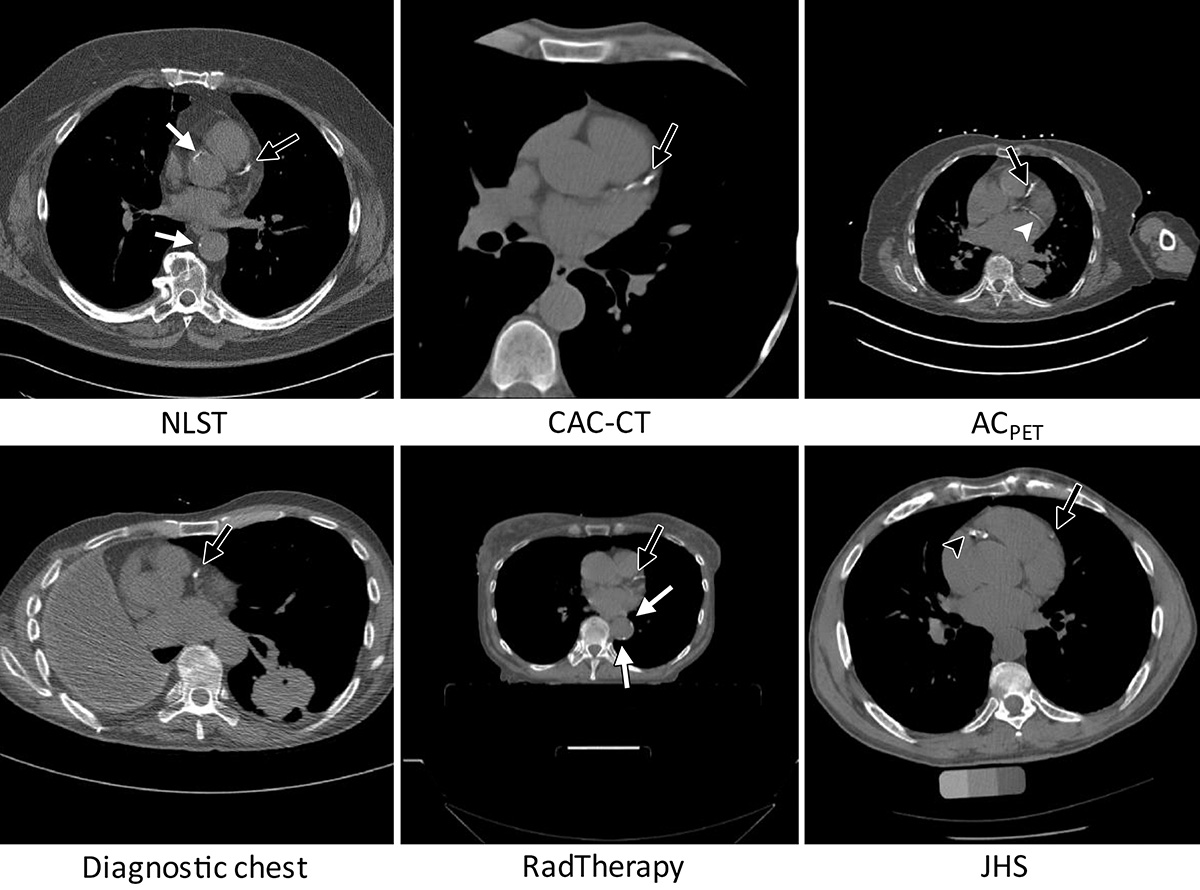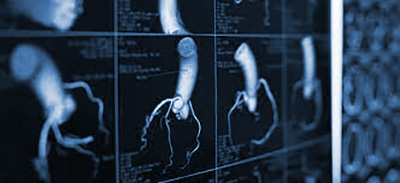Coronary Calcium Scan
A coronary calcium scan is a specialized computerized tomography (CT) scan focusing on the heart, designed to detect calcium deposits within the heart arteries. The presence of calcium accumulation may lead to artery narrowing, diminishing blood flow to the heart. This scan serves the purpose of identifying coronary artery disease even before symptoms manifest.
The outcomes of a coronary calcium scan provide valuable information in assessing the risk of heart attacks or strokes. Additionally, these results can be instrumental in planning or adjusting the treatment approach for coronary artery disease.
Alternative terms for this diagnostic test include:
- Coronary artery calcium (CAC) test.
- Coronary calcium CT scan.
- Heart CT calcium scan.
The purpose of a coronary calcium scan is to assess the presence of calcium in the arteries that supply the heart, aiding in the early diagnosis of coronary artery disease.
Coronary artery disease, a prevalent heart condition, often results from the gradual accumulation of calcium, fats, and other substances in the heart arteries, forming what is known as plaque. This plaque buildup occurs slowly over time, preceding the onset of any symptoms associated with coronary artery disease.


Utilizing a series of X-rays, a coronary calcium scan captures images that reveal the presence of calcium-containing plaque. This diagnostic test may be considered in the following situations:
- Strong Family History: If there is a notable family history of early coronary artery disease.
- Intermediate Risk: When the risk for heart attacks falls in the intermediate range, neither low nor high.
- Uncertain Risk: In cases where the level of risk for heart attacks is uncertain.
The outcomes of a coronary calcium scan can assist in:
- Risk Assessment: Understanding the individual's risk of heart disease.
- Treatment Planning: Planning appropriate treatment strategies for individuals with a low to moderate risk of heart disease or when the risk is unclear.
It's important to note that a coronary calcium scan is not recommended as a routine screening test for those already identified to be at high risk for heart attacks. Additionally, it is not advised for individuals who have experienced a heart attack, undergone heart stent placement, or coronary bypass surgery, as other tests or procedures conducted during those events typically provide insights into the condition of the heart arteries. It's advisable to consult with your healthcare team to determine if a coronary calcium scan is appropriate for your specific circumstances.
The Risks:
A coronary calcium scan employs X-rays, which use radiation. The amount of radiation is generally considered safe. Some medical centers promote coronary calcium scans as an uncomplicated method to assess the risk of a heart attack, often without the need for a referral. However, these scans might not be covered by insurance. Less expensive alternatives, such as blood tests and blood pressure checks, can provide valuable information about your heart attack risk. It's advisable to consult with your doctor to determine the most suitable heart tests for your situation.
How to Prepare:
Refrain from smoking or consuming caffeine a few hours before the test, following specific instructions provided by your health care team. Upon arrival for the test, you may be asked to change into a medical gown and avoid wearing jewelry around your neck or near your chest.
What to Expect During the Procedure
- Electrodes are placed on your chest, and possibly on your arms or legs, connected to a machine monitoring your heartbeat.
- The scan utilizes a computerized tomography (CT) scanner. You lie on a movable table that slides into a tube-shaped machine.
- Medicine may be administered to slow your heartbeat and enhance image clarity. If anxious, you may receive medication to induce relaxation.
- You must remain still during the 10 to 15-minute procedure, potentially holding your breath briefly. The health care professional can communicate with you throughout.
After the Procedure:
You can typically drive home and resume daily activities unless advised otherwise by your doctor.
Interpreting Results:
- Results are expressed as an Agatston score, representing the total area and density of calcium deposits.
- A score of zero suggests no calcium, indicating a low chance of future heart attacks.
- Higher scores correlate with increased heart disease risk.
- A score of 100 to 300 signifies moderate plaque deposits and a relatively high risk over the next 3 to 5 years.
- A score exceeding 300 indicates more extensive disease and heightened heart attack risk.
- Scores may also be given as a percentage, comparing calcium amounts to peers of the same age and sex.
Discussing Results with Your Health Care Team:
Results are provided by your health care team and should not be considered in isolation. They should be evaluated alongside other health information. Post-scan plans may include maintaining current treatment, adjusting medications, altering diet and exercise, setting weight-loss goals, additional tests, and follow-up appointments to assess treatment efficacy.
Repeat scans are typically unnecessary if calcium is detected in the heart arteries.

